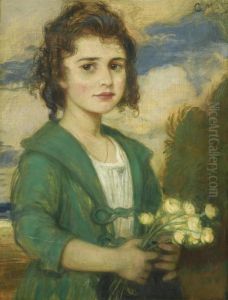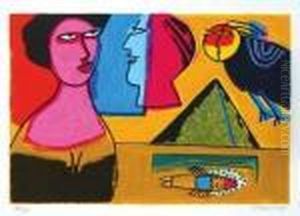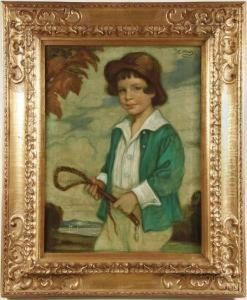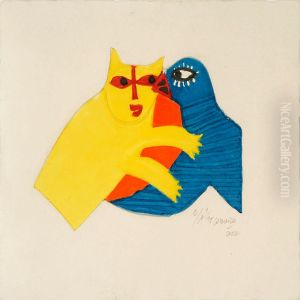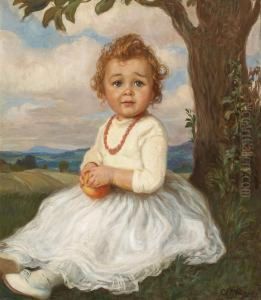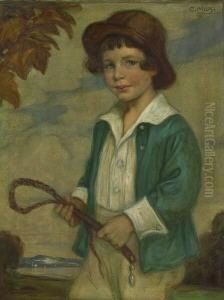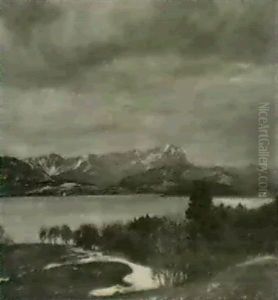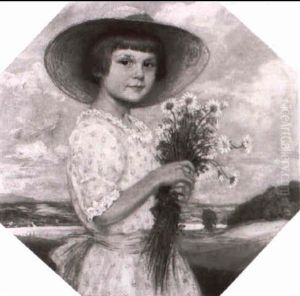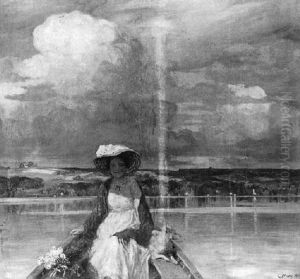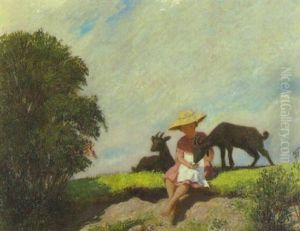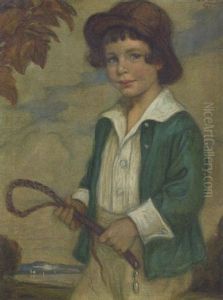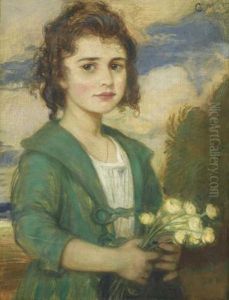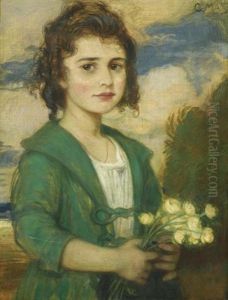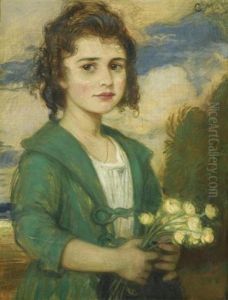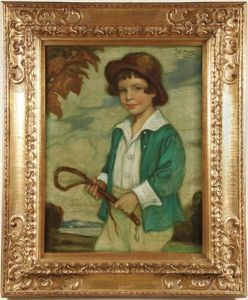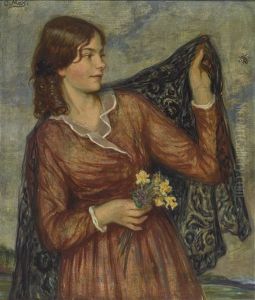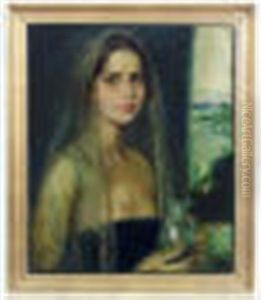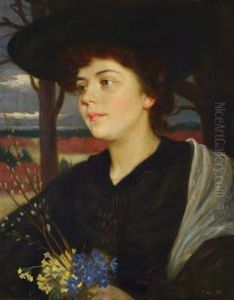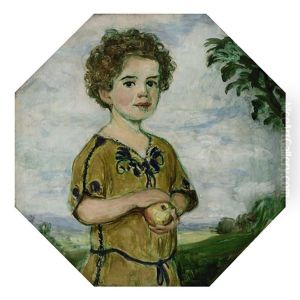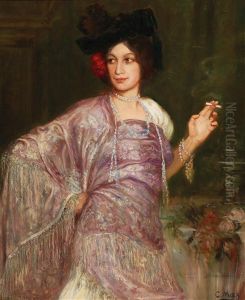Corneille Max Paintings
Corneille Guillaume Beverloo, known as Corneille, was a Dutch artist born on July 3, 1914, in Liège, Belgium, to Dutch parents. Although he is often associated with the post-World War II movement of CoBrA, his work eventually evolved beyond its boundaries. Corneille was greatly influenced by Joan Miró and Paul Klee, and his early work reflects a whimsical lyrical abstraction that would become a signature element throughout his career.
In 1948, Corneille was a co-founder of the CoBrA group, an avant-garde movement that was active in Europe until 1951. CoBrA is an acronym derived from the members' home cities: Copenhagen, Brussels, and Amsterdam. The group was known for its spontaneous and experimental approach to art, embracing complete freedom of color and form, and drawing inspiration from children's drawings, primitive art forms, and the work of Paul Klee and Joan Miró.
Corneille moved to Paris in 1950, where his work became influenced by African art, particularly after his visit to the Sahara Desert in 1953. The desert experience intensified his use of colors, and his work began to take on a new direction that included expressive landscapes filled with suns, birds, and women, often depicted in bright, vivid colors.
Over the decades, Corneille's work continued to be exhibited internationally, and he became known for his graphic work as well as his paintings. In the 1960s, his work started to gain popularity, and he was featured in many solo exhibitions around the world. Despite the disbanding of CoBrA, the legacy of the movement continued to be a touchstone for Corneille's creative output.
Corneille passed away on September 5, 2010, in Auvers-sur-Oise, France. His work remains influential and is held in numerous private and public collections, including the Cobra Museum of Modern Art in Amstelveen, which is dedicated to the history and works of the CoBrA movement. Corneille's artistic journey reflects a rich and vibrant exploration of color and form, and he is remembered as a pivotal figure in post-war European art.
